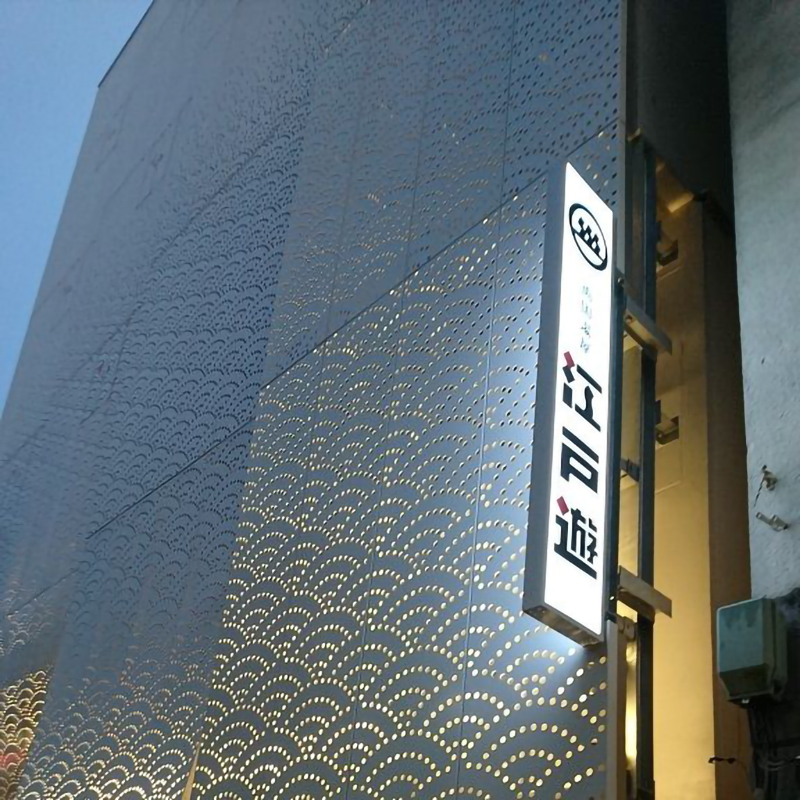Perforated metal mesh is a versatile material with a wide range of uses, from architectural design to industrial filtration. The production process of perforated metal mesh involves several key steps to create a durable and functional product.
The first step in the production process is the selection of the substrate. Perforated metal mesh can be made from a variety of metals, including stainless steel, aluminum, and carbon steel. Material selection depends on the specific requirements of the application, such as corrosion resistance, strength and aesthetics.
Once the substrate is selected, it is processed through a series of manufacturing techniques. The metal plate is first cleaned and prepared for piercing to ensure a smooth and even surface. The next step involves the actual punching of the metal plate. This is usually done using specialized machinery that regularly punches or drills precise holes into the metal. The size, shape and pattern of perforations can be customized to meet the specific design and functional requirements of the end product.
After piercing, the metal sheet may undergo additional processes such as leveling, cutting, and edge finishing to obtain the desired dimensions and surface quality. Surface treatments such as painting, powder coating, or galvanizing can also be applied to enhance the appearance and performance of perforated metal mesh.
Quality control is an important part of the production process to ensure that punched metal mesh meets required specifications and standards. This may involve a thorough inspection of perforations, dimensional accuracy and surface finish.
In summary, the production process of perforated metal mesh involves careful selection of materials, precise perforation techniques and quality control measures to create a high-quality and functional product. By understanding the intricacies of the production process, manufacturers can produce punched metal mesh that meets the diverse needs of various industries and applications.
Post time: May-21-2024

